The first thing we should realize is that the central character of the book of Ruth is not really Ruth herself, but her mother-in-law, Naomi. In reality, the book of Ruth tells us far more about Naomi than it does about Ruth. The book begins and ends with Naomi, and when we look carefully we find that the narrative revolves around Naomi throughout most of the story – every event leads back to her. We can see how central Naomi is to the story when we realize that of the words spoken by all the characters in the book, 120 words are spoken by Ruth, while 225 – almost twice as many – are spoken by Naomi. It might be hard to find another story in which the supposed heroine speaks half as much as one of the supporting characters!
People as Parables?
For some, the story holds allegorical meanings with Ruth representing humanity, Boaz representing Christ, and Naomi the Christian Church that brings the two together. While this kind of symbolic interpretation of the book may seem attractive, almost endless variations exist regarding the symbolism that is supposedly involved. For some, Naomi represents the old covenant and Ruth the new covenant; others see yet different meanings. When we consider all the possibilities, we realize it would be difficult to discern which, if any, allegory might properly explain the book.
It is true that the New Testament finds allegorical parables in many of the events recorded in the Old Testament. The parallels that can be seen between Christ and Abraham, Melchizedek, Moses, David, Solomon, Elijah, Elisha, and other individuals are clearly spelled out in the New Testament, but that does not mean that every Old Testament story must fit this mold. In the case of the book of Ruth, we should remember that Ruth is only mentioned once in passing in the New Testament – in the genealogy of Jesus (Matthew 1:5) – and the story of Ruth is never alluded to, so we should be careful before we make comparisons that the Scriptures do not.
Foreshadowing and Fulfillment
On the other hand, when we look closely at the book of Ruth, it does contain an underlying theme – within the story itself – that undeniably foreshadows the gospel. At the beginning of the story, Naomi first loses physical sustenance in the time of famine and then loses her husband and sons. But when she hears that the Lord has restored food (literally “bread”) to Israel (Ruth 1:6), she leaves the region of Moab to travel back to Bethlehem (meaning “house of bread” or “house of food”) in the region of Judah called Ephrathah (meaning “fruitfulness”).
Naomi's words to her daughters-in-law at that time reflect her emptiness. She tells them, “Do I still have sons in my womb that they may become your husbands?” (Ruth 1:11). Having lost her original home, her husband, and her sons, Naomi is figuratively empty. When she arrives in Bethlehem, she summarizes this emptiness when she says: “I went away full, but the Lord has brought me back empty” (Ruth 1:21).
But in Bethlehem the narrative turns to describing the change from emptiness to fullness – both physically and figuratively. We are told that “the barley harvest was just beginning” (Ruth 1:22) and that Ruth goes to the fields to pick up the leftover grain at Naomi’s request (Ruth 2:2). As the story progresses, we see Ruth moving from simply gleaning in the poorest parts of the field to receiving more and more in the better areas from the hand of Boaz (Ruth 2:14-18).
This “filling” of Naomi with physical bread precedes the figurative filling that occurs with the redemption of her property and the birth of “her” new son who comes as a result of the marriage of Ruth and Boaz. The “filling of the empty” through God’s grace underlies the whole book – which begins with stress on emptiness and concludes with stress on the fulfillment of good things.
When we see the centrality of this message in the story of Ruth, we realize the importance of the list of names that concludes the book. Humanly, it is easy to see it as just an appendix that functions like the credits at the end of a film. We see it, but not as part of the story itself. Some even suggest this closing genealogy may have been added later; but if the book was composed by Samuel, as many scholars believe, there is no reason the genealogy could not date to that time. In any case, the genealogy forms the ending of the book as it was accepted into the canon of Scripture, and the genealogy leads, of course, to David – the king who became the ancestor of Jesus Christ.
The Bread of Life
In that sense, the book of Ruth foreshadows a double fulfillment – found first in David and then in his descendant, Jesus. This is because David was a messianic (“anointed”) king in ancient Israel (2 Samuel 23:1), but he also foreshadowed a much greater Messiah (Isaiah 9:1-7). The parallels between the messianic David, mentioned at the end of Ruth, and the later messianic figure of Jesus Christ are many and obvious. Both David and Jesus were born in Bethlehem, the city of bread which is the setting of most of Ruth. Just as David was prophesied to become king from Bethlehem (1 Samuel 16:1), so was the greater King who descended from him (Micah 5:2). David, the Bethlehemite king who provided bread for his people (2 Samuel 6:19, 1 Chronicles 16:3) foreshadowed the One who was himself the “bread of life” (John 6:35) and who would provide that spiritual bread for the salvation of his people (Mark 14:22).
Perhaps we can see a reference to this ultimate fulfillment described in Ruth in the words of Mary, the mother of Jesus, at the annunciation of his conception – when she exclaims that God fills “the hungry with good things” (Luke 1:53). This is, in fact, a perfect summary of the message of the book of Ruth and what it foreshadows – a message about the God who not only provides physical bread for those who walk with Him, but who also provides, through Ruth’s eventual descendant, the bread of salvation. In fact, we meet the God who provides for His people – both physically and spiritually– as clearly in the book of Ruth as in any place in Scripture.
*For more on the book of Ruth, download our free e-book Ruth: A Story of Strength, Loyalty, and Kindness here.

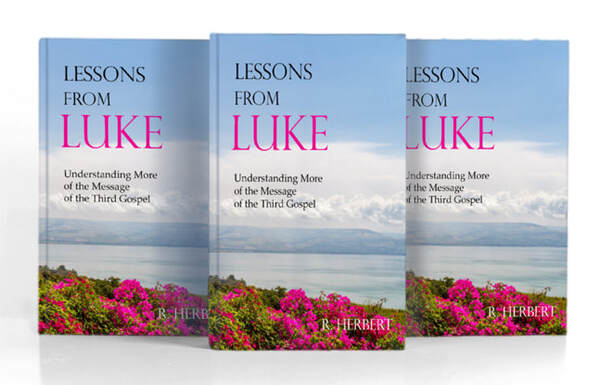
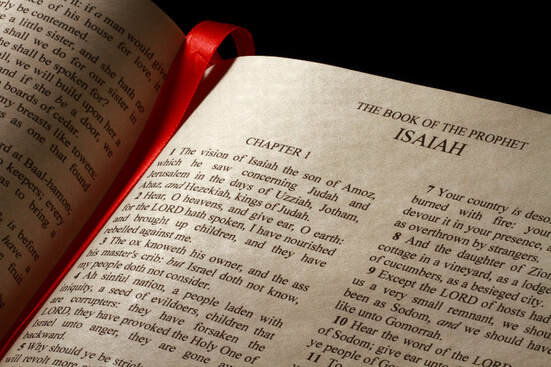

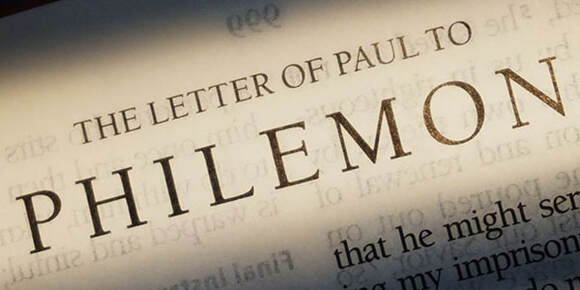

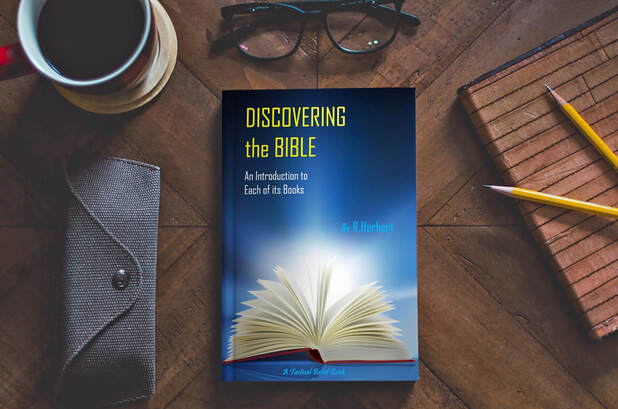



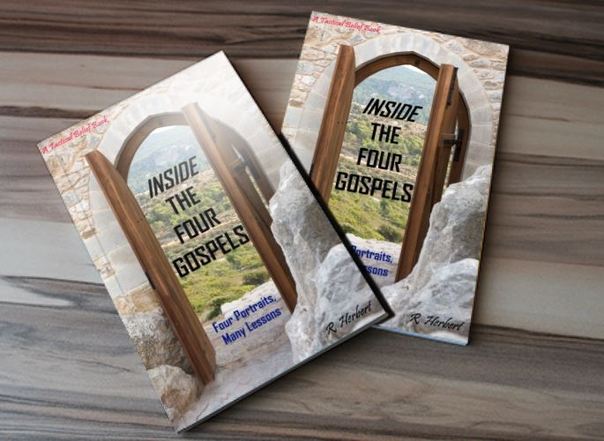

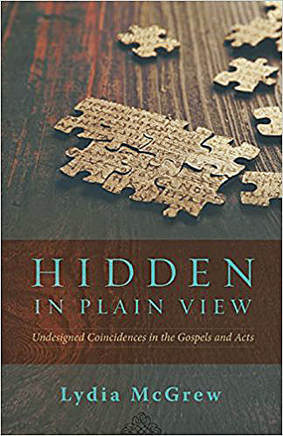







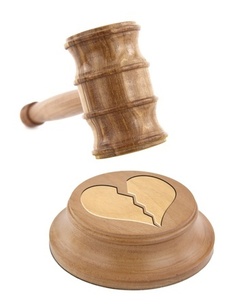
 RSS Feed
RSS Feed
